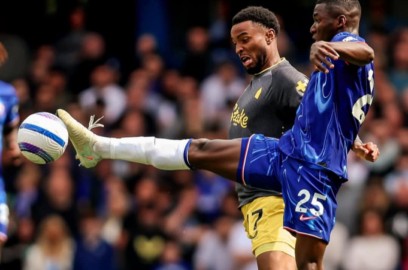
Every ambitious footballer dreams of becoming a professional. But the path to the top is not only about showing your strengths – it’s just as important to identify and eliminate your weaknesses. In a world where the differences between players are minimal, the ability to work on shortcomings often decides who moves forward.
AWARENESS – THE FIRST STEP TO DEVELOPMENT
The biggest mistake many players make is ignoring their weaknesses. If you want to be a professional, you must learn to look at yourself objectively. Helpful tools include:
-
Video analysis – record your games and training sessions. Pay attention not only to successful actions, but also to mistakes, wrong decisions, or lack of defensive reaction.
-
Honest feedback – ask your coach or teammate to point out situations where you get lost. Sometimes others see more than you.
-
Self-assessment – after every game, ask yourself: What did I do well? Where was I late? Why did I lose the ball?
KEY AREAS WHERE PLAYERS MOST OFTEN STRUGGLE
Every player is different, but most problems appear in a few recurring aspects:
-
Technique – first touch, ball control, passing accuracy.
-
Decision making – speed of choices, playing under pressure, selecting simpler solutions instead of risky ones.
-
Physicality – speed over short distances, endurance, strength in duels.
-
Mentality – confidence, focus in key moments, reaction to mistakes.
-
Tactics – understanding the game, positioning, anticipation.
HOW TO IMPROVE YOUR WEAKEST POINTS
Identifying mistakes is not enough – consistent work is what matters. Here are some strategies:
A) TARGETED TRAINING
Don’t just train what you like. If your weakness is your weaker foot, dedicate 15 minutes of every session only to passes and shots with that foot. If you lack speed, add sprint intervals.
B) SMALL STEPS AND REPETITION
Don’t expect improvement in a week. Focus on systematic, repeatable micro-sessions. Ten minutes daily on precise first touches over months will give more results than occasional long sessions.
C) LEARNING FROM THE BEST
Watch players who are masters in areas where you struggle. If your problem is movement off the ball, study Thomas Müller. If it’s pressing, watch Roberto Firmino.
D) WINNER’S MENTALITY
The biggest limitation is often in your head. Many players make wrong decisions under pressure or avoid risk. Train your confidence – for example through visualization of match situations or working with a sports psychologist.
TURN WEAKNESS INTO STRENGTH
The greatest players turned weaknesses into advantages. Cristiano Ronaldo at the start lacked physical strength – he transformed it into an obsession with the gym, becoming one of the most athletic players ever. N’Golo Kanté didn’t have the physical build, so he developed outstanding game reading and stamina.
CONSISTENCY IS THE KEY
Improving weaknesses is a process, not a one-time effort. The biggest difference comes not from talent but from consistency. Daily work on even one small detail will, over time, make your weakness disappear – and bring you closer to professionalism.





